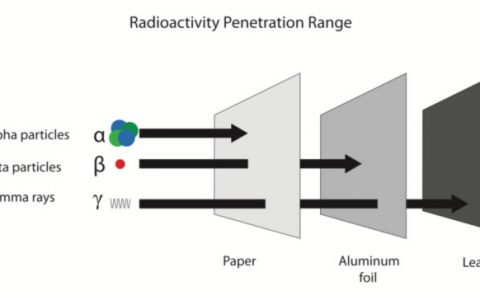
Some ocean slugs suck crude materials from algae to give a lifetime supply of solar power energy, as indicated by a new research. That is somewhat similar to appending solar panels to your body.
It’s a momentous accomplishment since it’s exceedingly strange for a creature to act like a plant and survive exclusively on photosynthesis, as said by Debashish Bhattacharya, who is the senior author of the investigation.
The more extensive implication exists in the field of artificial photosynthesis. And that can only happen whether we can make sense of how the slug maintains stolen, isolated plastids to settle carbon without the plant core, and at that point, we can likewise outfit isolated plastids forever as green machines to develop bioproducts or energy. The current worldview is to make efficient green energy, and for that, we require the plant or alga to run the photosynthetic organelle. However, the slug demonstrates to us that this does not need to be the case.
The ocean slug called Elysia chlorotica, a mollusc that can grow more than 2 inches long, has appeared in the intertidal zone, which is placed between Nova Scotia, Canada, and Martha’s Vineyard, Massachusetts, and in Florida. Younger ocean slugs eat the nontoxic darker alga which is called Vaucheria litorea and end up photosynthetic or solar-powered, subsequent to taking a huge number of algal plastids, which resemble small solar panels and putting them away in their gut lining.
What is photosynthesis?
Photosynthesis happens when algae and plants utilize daylight to make compound energy (or sugars) from carbon dioxide and water. The dark-coloured alga’s plastids are photosynthetic organelles (like the organs in animals and individuals) with chlorophyll, a green pigment that assimilates light.
This specific alga is a perfect food source since it doesn’t have walls between connecting cells in its body and is basically a long tube stacked with cores and plastids, as Bhattacharya says. At the point when the ocean slug makes a hole in the external cell wall, it can suck out the cell substance and accumulate the majority of the algal plastids all at once.




